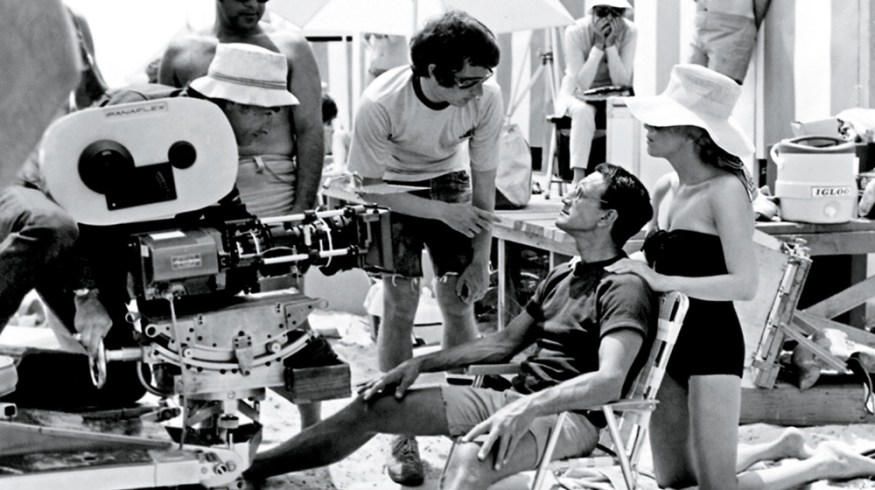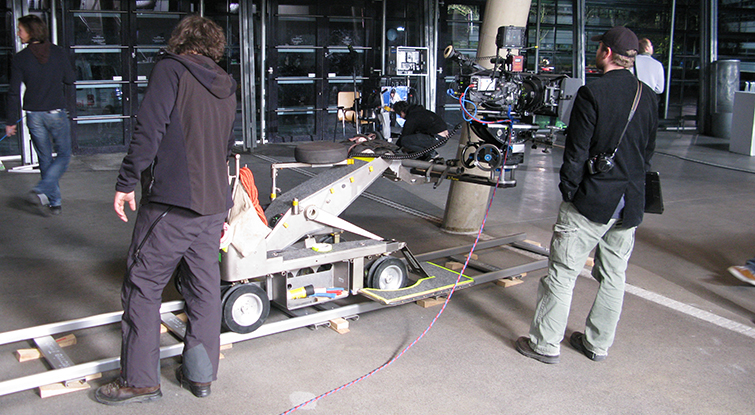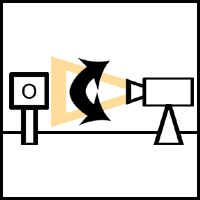
The 5 Most Powerful Camera Movements in Cinema History
These camera movements revolutionized the art of filmmaking.
Cover image via Vintage Everyday.
While it may be something most filmmakers take for granted, the concept of camera movement is really the apex of centuries of image-capturing technology. Movement, whether it is from a stationary location or freely across three-dimensional space, is a powerful cinematic technique. So, as a filmmaker or video producer, it’s important for you to understand what movement is and how it works.
Let’s explore the five most powerful camera movements in cinema history.
The Pan
Let’s start with the basics. One of the first camera moves to appear in cinema was perhaps the simplest. If your camera is on a tripod, moving the camera head to the left or to the right is called a “pan.” You can see an example of it in the 1903 film The Great Train Robbery below.
The Tilt
A camera tilt is similar to a pan, but instead of turning left or right, it moves up or down. The physical camera stays in the same stationary place, but the field of view, like the pan, changes. Here’s a YouTube example of a proper tilt by Frank Healz.
The Crane

Image via Hague Camera Supports.
Also called a pedestal or jib shot, this technique requires moving the actual camera body up or down in space. The term jib comes from the arm used in a camera craning device. For longer crane movements, you need longer and longer jibs (as you can see in the photo above). Here’s an example of a famous crane shot.
The Zoom

Image via PetaPixel.
A zoom is a camera move that does not require any camera “movement” at all — so to speak. A zoom involves a camera increasing or decreasing its focal length to magnify an image. Not all camera lenses are capable of this, but here’s a breakdown of how a zoom lens works. For our purposes, zooming in or out can change the composition, scene, or even the story.
The Tracking Shot

Image via Wikipedia.
A tracking shot — or dolly shot — involves moving a camera forward, backward, left, or right (or any combination thereof) in real space. Often, this requires a dolly track to keep the camera steady. Usually, this movement covers short, controlled distances; however, in cinema, it’s often combined with pans, tilts, pedestals, and zooms — as you can see in the example below.
These are just the basic camera movements, if you’re interested in learning more about some more advanced moves and general filmmaking knowledge, check out some of these resources.
- 6 Affordable Ways to Capture Great Dolly Shots
- Traditional Camera Moves Made Easy With DJI Drones
- Achieving a Jib Shot with a Slide
Which is your favorite camera movement? Let us know in the comments.








